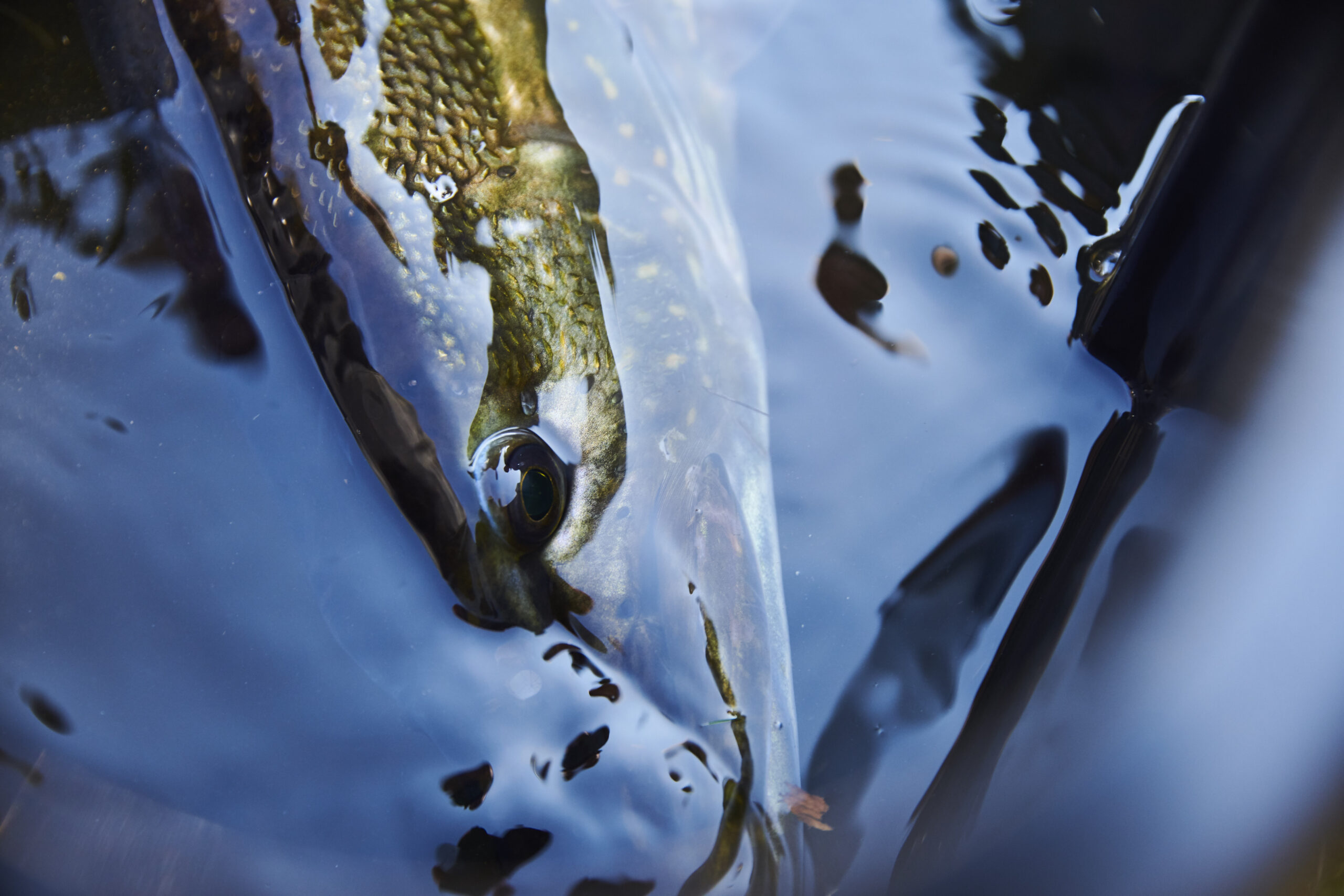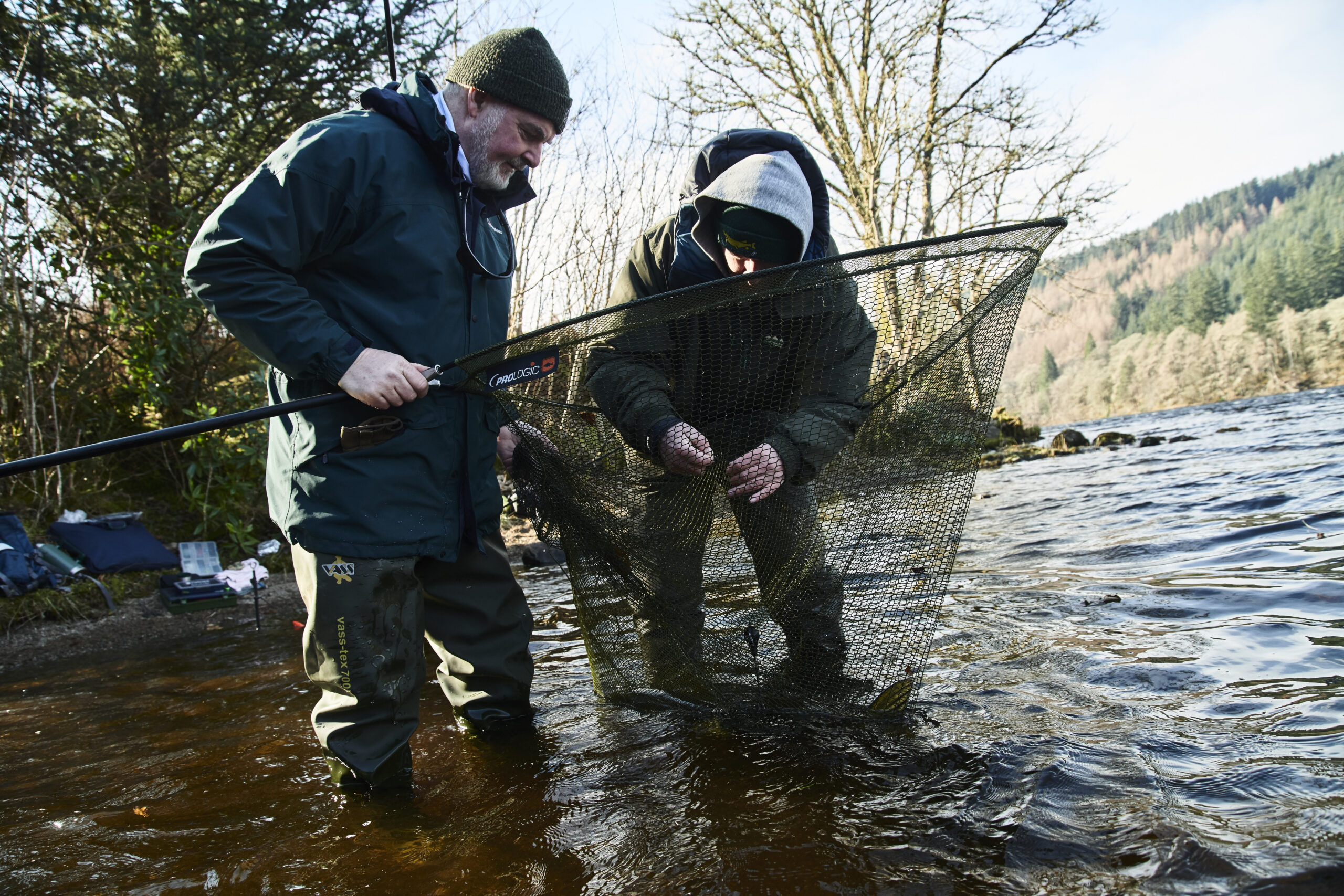Issued by the Atlantic Salmon Trust
{feed ubdate}
ubdate}
Initial findings from the Moray Firth Tracking Project have identified that our smolts are more commonly going missing in still waters.
During the final year of this project, we are looking more closely at predator behaviour in and around lochs and canals. In addition to using eDNA to sample bird and mammalian predators, such as cormorants and otters, we will also be monitoring two likely fish predators: brown trout and pike. We will be monitoring the behaviour of these likely suspects before, during and after the smolt run takes place and will be acoustically tagging a number of rod-caught fish.
This is a new dimension for the project and by combining these results with information from our tagged smolts, we can learn more about the conditions and find out when / why smolts are more at risk from predation. This information will be used to guide river managers and policymakers towards making impactful decisions that can support our young salmon smolts.
Click here for more information about the Moray Firth Tracking Project.
Putting #WildSalmonFirst
The post Moray Firth Tracking Project: Predator Studies appeared first on The Atlantic Salmon Trust.

 atlanticsalmontrust.org
atlanticsalmontrust.org
{feed
Initial findings from the Moray Firth Tracking Project have identified that our smolts are more commonly going missing in still waters.
During the final year of this project, we are looking more closely at predator behaviour in and around lochs and canals. In addition to using eDNA to sample bird and mammalian predators, such as cormorants and otters, we will also be monitoring two likely fish predators: brown trout and pike. We will be monitoring the behaviour of these likely suspects before, during and after the smolt run takes place and will be acoustically tagging a number of rod-caught fish.
This is a new dimension for the project and by combining these results with information from our tagged smolts, we can learn more about the conditions and find out when / why smolts are more at risk from predation. This information will be used to guide river managers and policymakers towards making impactful decisions that can support our young salmon smolts.
Click here for more information about the Moray Firth Tracking Project.
Putting #WildSalmonFirst
The post Moray Firth Tracking Project: Predator Studies appeared first on The Atlantic Salmon Trust.

Moray Firth Tracking Project: Predator Studies - The Atlantic Salmon Trust
Initial findings from the Moray Firth Tracking Project have identified that our smolts are more commonly going missing in still... More
 atlanticsalmontrust.org
atlanticsalmontrust.org


